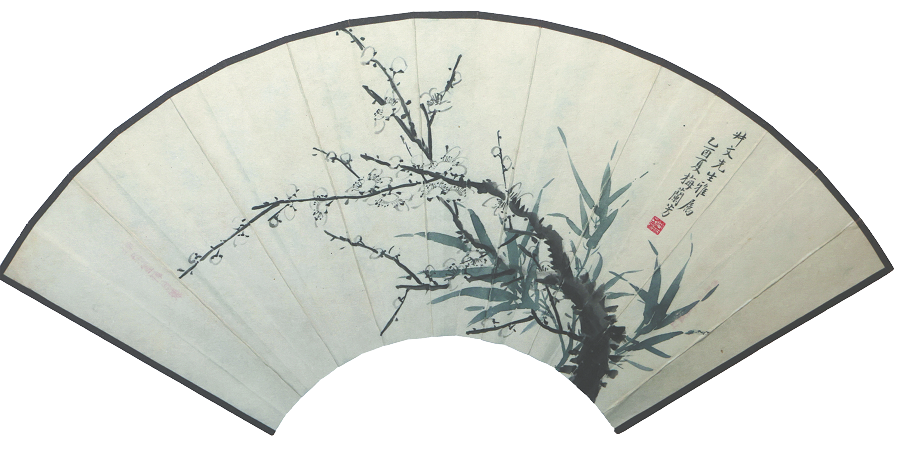

The centerpiece of the reopened hall is the new permanent exhibition Mei Lanfang's Artistic Life. This exhibition, spread across three rooms, showcases nearly 200 photographs and 85 objects, offering an intimate glimpse into Mei's personal and artistic journey.
One of the most significant artifacts on display is a handwritten manuscript from 1954. In this document, Mei reflects on the role of the working people in revitalizing his art, titled The Laboring People Have Given My Art New Life. This piece was originally published in the Sept 15, 1954 edition of Beijing Daily, a local newspaper.
Other never-before-seen items include Mei's personal schedule and a catalog of his Chinese and foreign music recordings, a program from a special performance featuring the Four Great Dan (female roles) of Peking Opera, including Mei, and newspaper clippings reporting on Mei's passing and the opening of the memorial hall, such as an article from the People's Daily (overseas edition) dated Oct 28, 1986.
Peking Opera, or jingju, is a 200-year-old art form that combines singing, dancing, acrobatics and martial arts. In 1790, when four Huiju Opera troupes visited Beijing as part of the 80th birthday celebrations of Emperor Qianlong (1711-99) of the Qing Dynasty (1644-1911), they stayed in the capital. Huiju Opera is a traditional opera form from Anhui province, out of which Peking Opera was later born.
Largely influenced by Huiju Opera, Peking Opera began to formally take shape around 1840, rapidly growing as an art form appealing to royal families and the masses. Peking Opera was inscribed in 2010 on the UNESCO Representative List of the Intangible Cultural Heritage of Humanity.